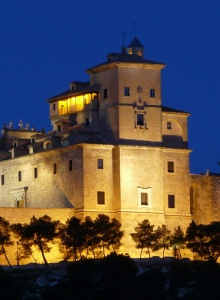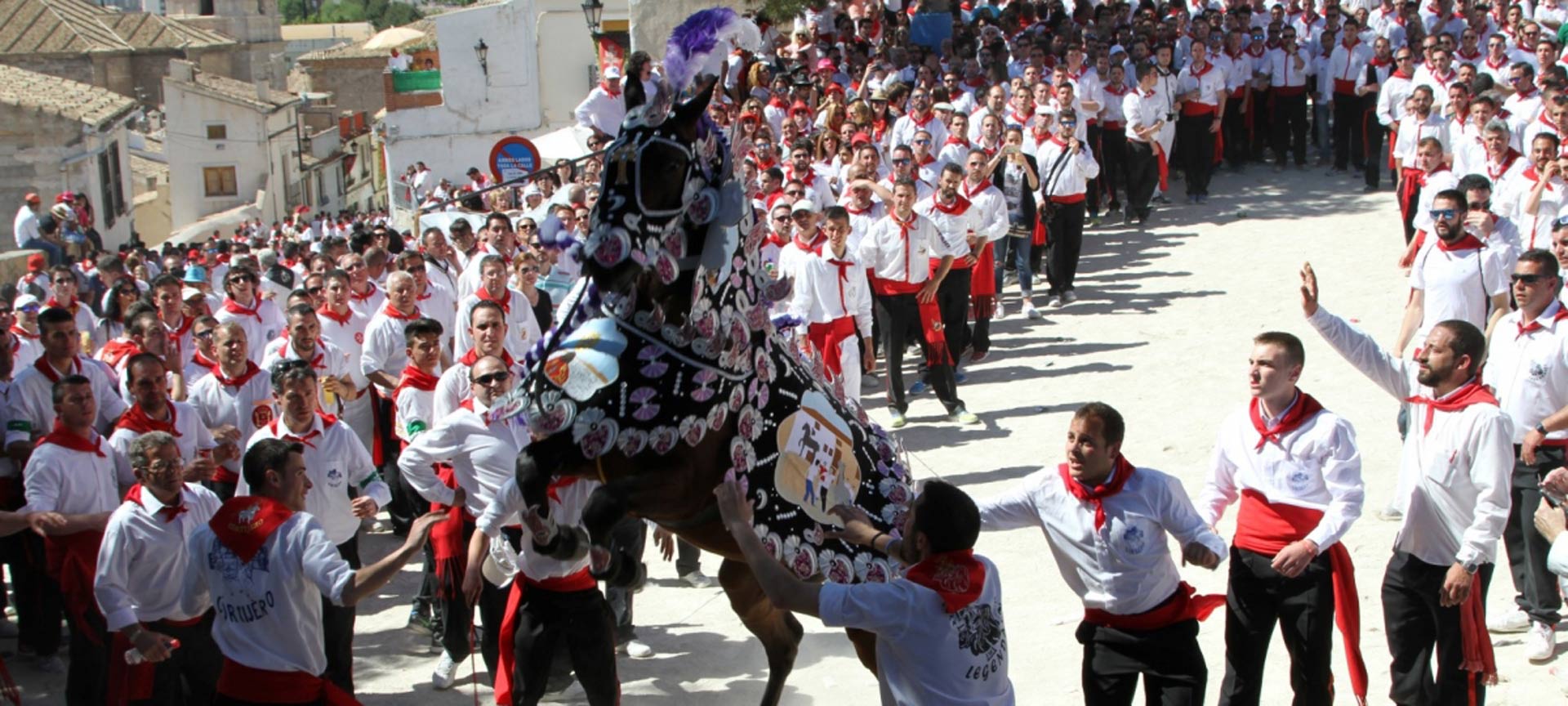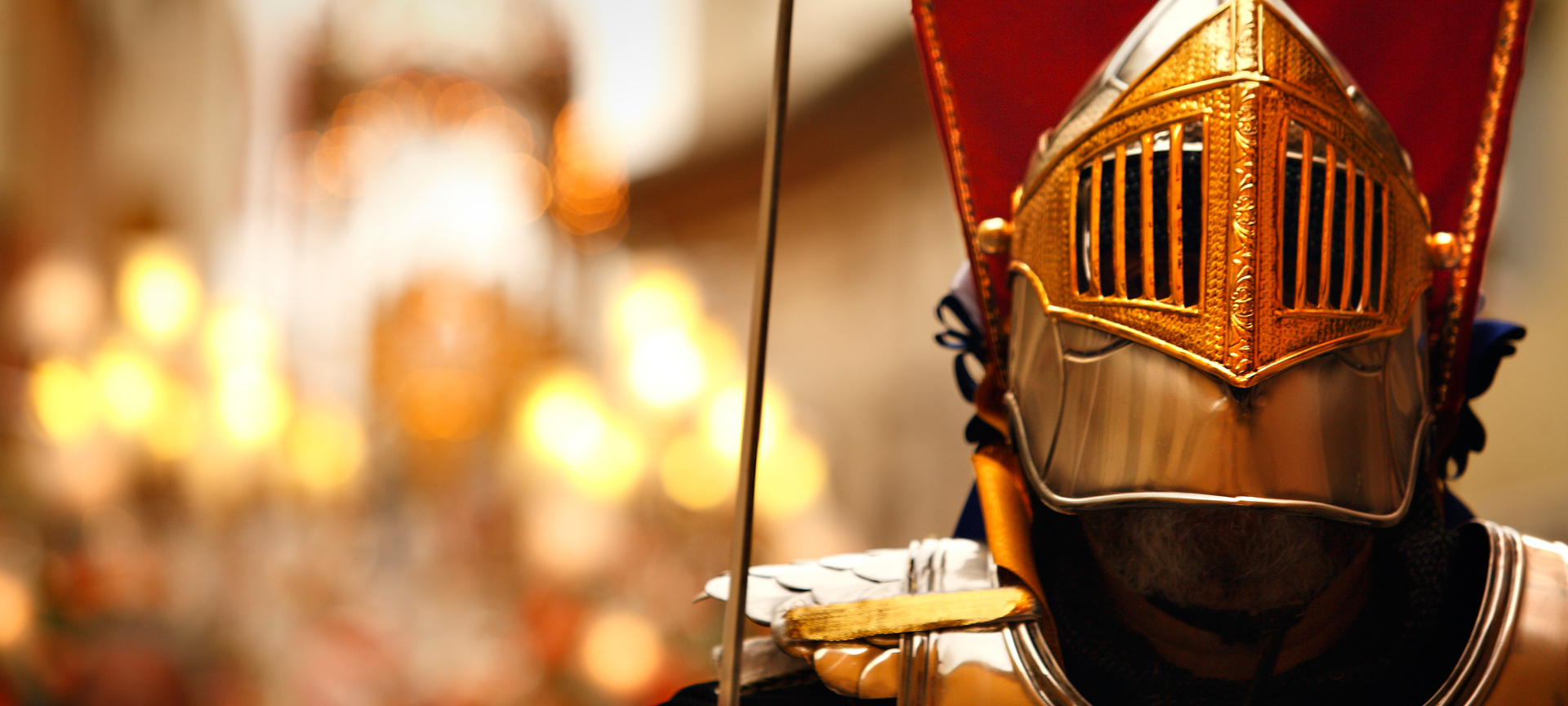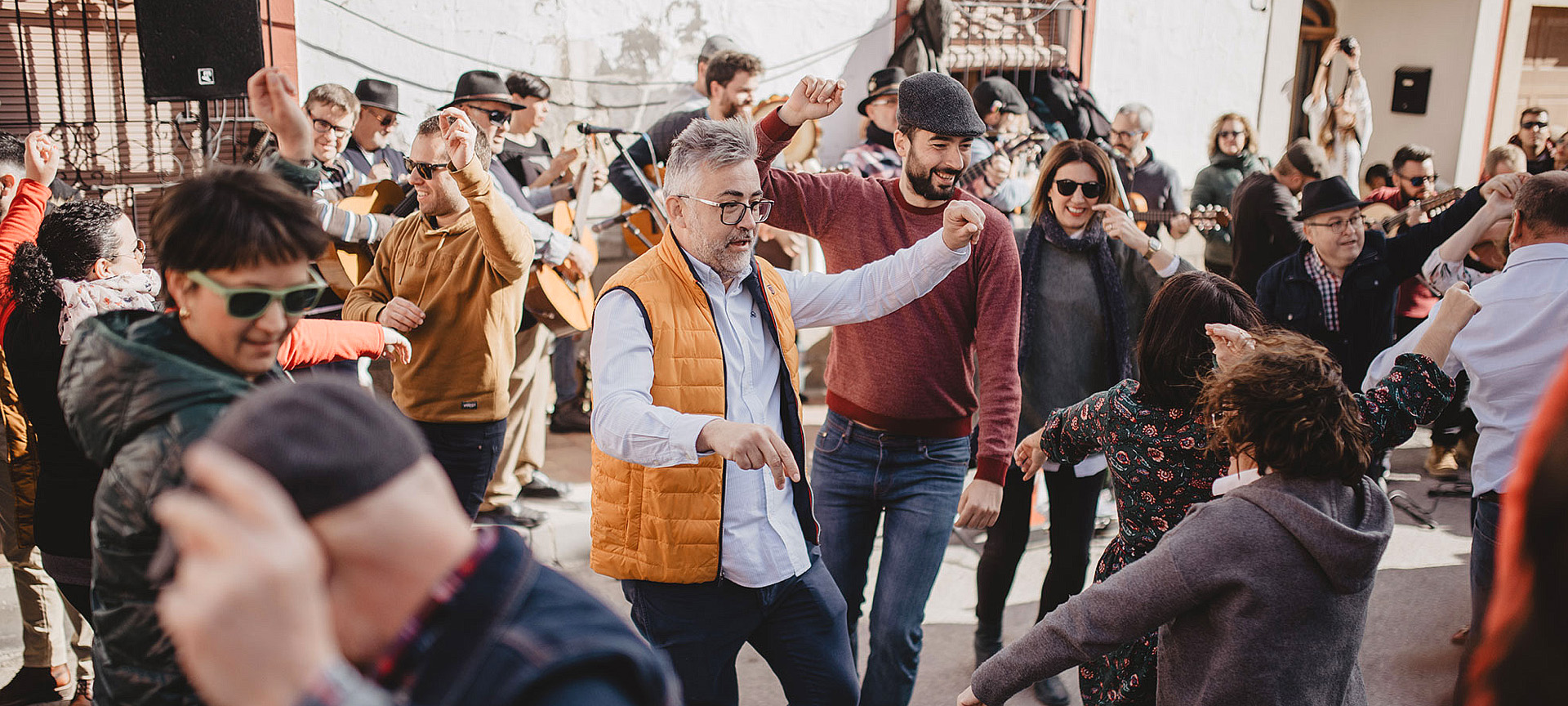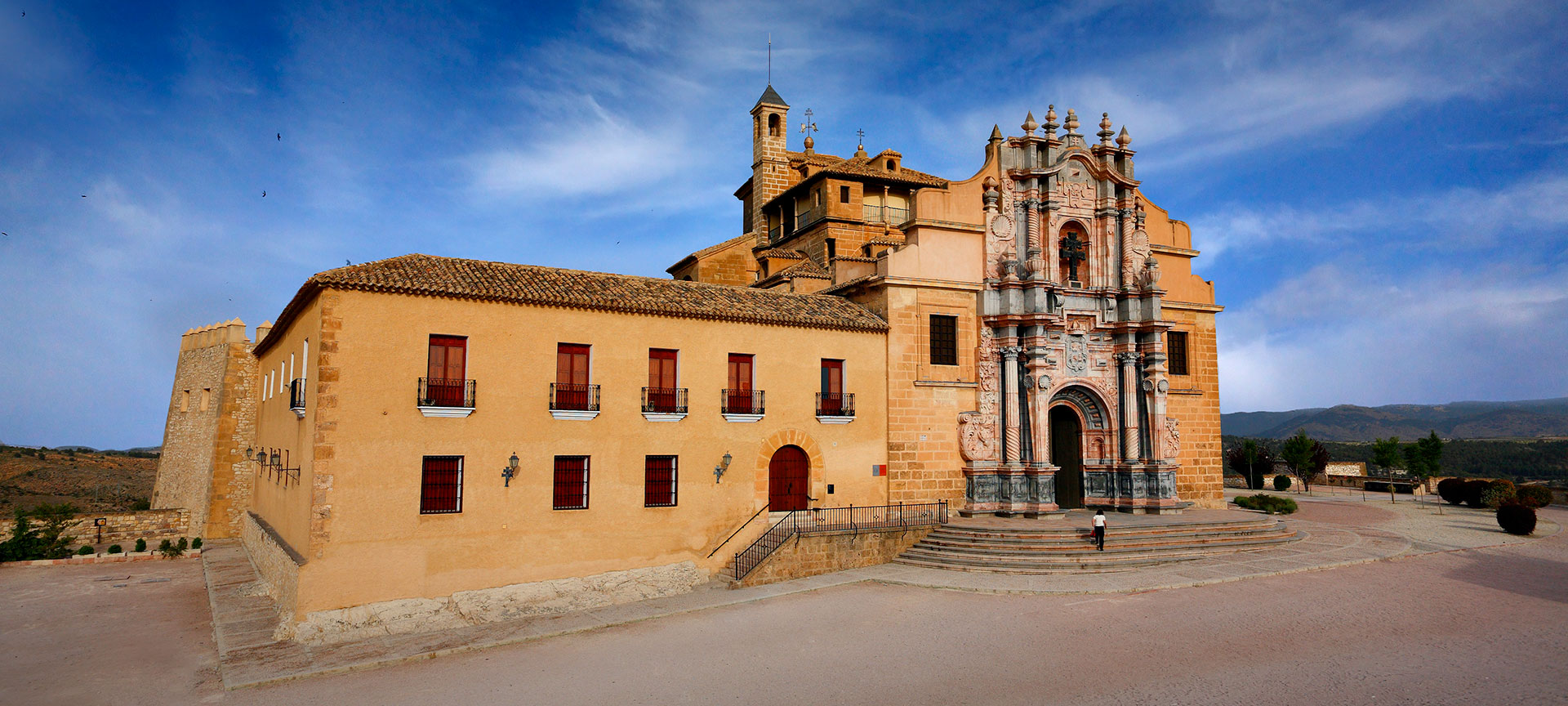
The beautiful town of Caravaca de la Cruz is located to the northwest of the province of Murcia. In the houses that extend around the castle there are beautiful examples of the Murcian Renaissance.
The area where Caravaca is located was already inhabited by the Argaric, Iberian, and Roman cultures, but the origins of its urban structure must be sought in its Moorish past. After the Reconquista, these territories were governed by the Templar Order and then by the Order of Saint James. At the time, during the 16th and 17th centuries, this was Caravaca’s period of splendour, as it became the political centre of a vast territory. Therefore this town has a vast monumental catalogue, fruit of its historical importance.
Debe activar Javascript para poder utilizar este servicio
What to visit
Select from the list or hover over the map to find out about points of interest.
Activa JS
Shows, festivals, sports...
View some of the most relevant events you will be able to enjoy at the destination.

